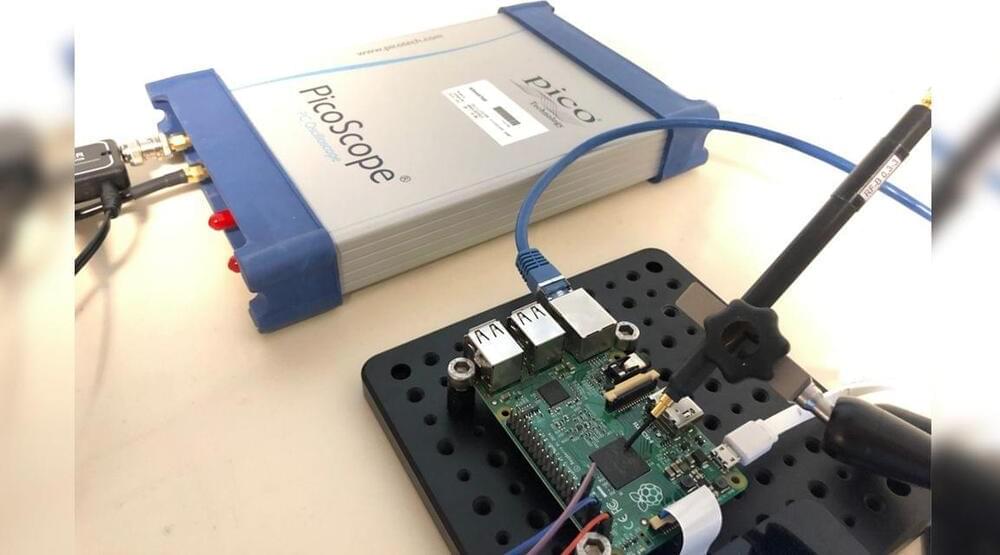As the number of electric cars on the road grows, so does the need for electric vehicle (EV) charging stations and the Internet-based managing systems within those stations. However, these managing systems face their own issues: cybersecurity attacks.
Elias Bou-Harb, director of the UTSA Cyber Center for Security and Analytics, and his colleagues — Claud Fachkha of the University of Dubai and Tony Nasr, Sadegh Torabi and Chadi Assi of Concordia University in Montreal — are shedding light on the vulnerabilities of these cyber systems. The researchers are also recommending measures that would protect them from harm.
The systems built into electric cars perform critical duties over the Internet, including remote monitoring and customer billing, as do a growing number of internet-enabled EV charging stations.









